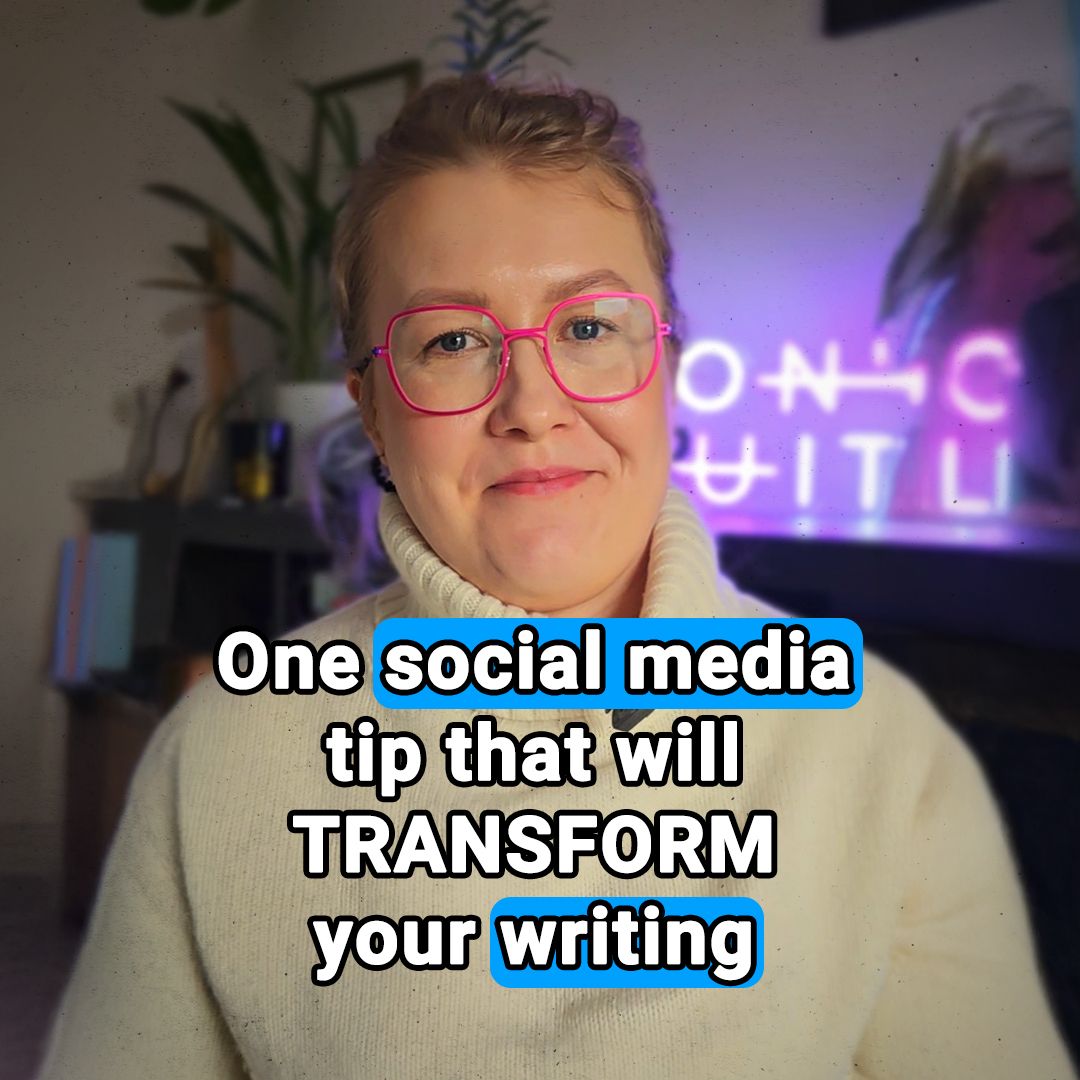- Notes from Kasia
- Posts
- Social media SEO: How to optimise your profiles and content for search
Social media SEO: How to optimise your profiles and content for search
Tactics to increase your visibility on social media
Read time: 4 minutes.
And for nearly half of Gen Z, TikTok and Instagram’s search bars are more useful than Google.
Younger audiences are generally interested in more visually rich and immediate answers.
And by its very nature, social media provides quick, engaging content without requiring users to dig through hundreds of words to find the answer they want.
Also, social media sites are better optimised for user-generated content, making the search experience feel more authentic and personal.
(And it’s not just Gen Z. According to Forbes, 24% of people across generations now use social media to search.)
This shift is also transforming how young people consume news. The latest Eurobarometer Youth Survey shows that 42% of young people get their news primarily from social media, with Instagram (47%) and TikTok (39%) leading the way.
Yet, this topic rarely comes up in the EU Bubble despite its impact on public affairs, communications, and advocacy.
Let’s explain what that search shift means for EU organisations and communicators and how to apply it right away.
Google isn’t dead. However, the growing popularity of social searches is a sign that our habits are evolving.
That’s why knowing how Google search differs from social media search is essential.
Most people turn to social media to explore their interests, connect with others, or enjoy quick, entertaining content.
To do so, they casually search on social media and just type a keyword or hashtag.
On the other hand, people use Google to find more specific content or information about particular issues and topics or to solve a problem.
They will go to Google with a plan and type a longer phrase or question.
How this affects your strategy
Creating engaging social media content isn’t enough. You need to optimise it for search by using relevant keywords. You need to become “findable”.
The good news? You don’t need expensive tools to do this.
How to make your content search-friendly
Now, this is how you can apply this knowledge to practice.
List keywords related to your organisation or the topic you want to cover on social media.
You can use Google Analytics to see what keywords drive traffic to your website (but remember that users' behaviours differ on Google and social media, so this should be just an inspiration).
Search your keywords separately on each social media channel, as each has unique user behaviour.
Look at related keywords and phrases used in trending content.
Some platforms suggest related searches, offering extra insights into what users seek.
Use keywords and phrases you found to create valuable, relevant content.
Always consider the user’s perspective - what would they type in to find your content?
Now, put those keywords to work:
Use them NATURALLY in the bio/about sections and handle/page titles of your social media profiles.
Include 2-3 relevant keywords (and/or hashtags) in the captions of your posts.
Don't forget to include relevant keywords in the ALT text of your visual content. (Reminder: The ALT text's primary goal is to make your image post more accessible to people with visual impairment and only then to help the algorithm understand your image better.)
My final tip on search optimisation
Look at what others in your niche are doing. See what keywords they use on social media and how they structure their posts. There’s plenty of inspiration out there!
👇 Before you go
I recently tried something new - a video format on LinkedIn. This is a new way for me to break down social media tips for you. You can watch it here:
Do you find this format useful? Would you like to see more? Reply to this email or drop a comment on LinkedIn to let me know.
See you next month!
Stay curious!
— Kasia
PS. Would you like to work with me? Hit reply or book a call and I'd love to discuss further!

Reply